30.08.2017
Launch Schedule of MICHIBIKI No. 4 Aboard H-IIA Launch Vehicle No. 36
August 29, 2017 (JST)
Mitsubishi Heavy Industries, Ltd.
National Research and Development Agency
Japan Aerospace Exploration Agency (JAXA)
Mitsubishi Heavy Industries, Ltd. and JAXA announce the schedule of MICHIBIKI No. 4 launch, Quasi-Zenith Satellite System aboard H-IIA Launch Vehicle No. 36 as follows;
- Launch Date:
- October 10, 2017
- Launch Time:
- Approximately 7:00 a.m. (Japan Standard Time) *
- Reserved Launch Period:
- October 11 through November 30, 2017
- Location:
- Yoshinobu Launch Complex, JAXA's Tanegashima Space Center
* Launch time during the reserved launch period will vary.
+++
Why is QZSS required today?
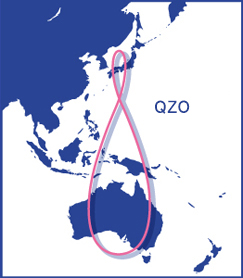
Main area where QZSS is avalable
Navigation functions—such as those used in car navigation systems, smartphones, and mobile phones—have come into widespread usage because they are very convenient. These convenient functions use positioning signals from satellites for satellite positioning services that make it possible to detect your current location. These services are also used in fields such as surveying, disaster prevention, etc.
However, current satellite positioning services utilize GPS satellites operated by the United States. Due to reasons such as the small number of satellites in the field of vision, services have not always been offered in a stable way.
QZSS (Michibiki) will be started in 2018 to develop a satellite positioning service that can be used in a stable way in all locations at all times. This system is compatible with GPS satellites and can be utilized with them in an integrated fashion. In this way, the satellite positioning service environment will be advanced dramatically.
QZSS can be used even in the Asia-Oceania regions with longitudes close to Japan, so its usage will be expanded to other countries in these regions as well.
Satellite deployment plan
The first Quasi-Zenith Satellite (QZS-1) was launched on September 11, 2010, and the Japan Aerospace Exploration Agency (JAXA) is currently operating QZSS. Afterwards, the cabinet decided in September 2011 that the government would establish a four-QZS constellation and complete a seven-QZS constellation in the future. This system is also regarded as an important political measure in the Basic Plan on Space Policy of January 2013.
Due to these circumstances, the government decided to develop the additional three satellites (two with a quasi-zenith satellite orbit [QZO] and one with a geostationary orbit [GEO]), which will be launched from FY2016 to FY2017. In this way, a four-satellite constellation will be operated from FY2018. Development and operation will be conducted via a private finance initiative (PFI) project, and Quasi-Zenith Satellite System Services Inc. (QSS) will operate the four satellites, including QZS-1.
To improve multipath errors (caused by reflection off buildings and other objects) and satellite constellation errors, it is necessary to increase the number of satellites used for positioning. However, there is not a sufficient number of GPS satellites to perform high-precision positioning with these satellites alone. And because GPS satellites are operated by the United States, the number cannot be increased. Therefore, positioning errors will be improved by increasing the number of QZS that are compatible with GPS.
| Number of always visible satellites (Elevation angle: 20 degrees or greater) |
Total | GPS | QZS |
|---|---|---|---|
| Before 2017 | 6 to 8 satellites | 5 to 7 satellites (A system comprises of 31 satellites) |
0.7 satellites (A system comprises of 1 satellite) |
| 2018 to 2022 | 8 to 10 satellites | 3 satellites (A system comprises of 4 satellites) |
|
| After 2023 | 10 to 12 satellites | 5 satellites (A system comprises of 7 satellites) |
It is said that eight or more visible satellites are ideal for carrying out stable, highly precise positioning. QZSS will become a four-satellite constellation from 2018. Together with GPS, a total of eight or more positioning satellites will cover most of Japan's territory. In this way, it will become possible to carry out stable positioning with eight or more satellites, except in mountainous regions and urban areas where fields of vision are obstructed by buildings, trees, or other objects.
Satellite signals from around one to two satellites can be obstructed in urban areas and mountainous regions, so in the future efforts will be made to expand the number to seven QZS for stable positioning with eight or more satellites in that case as well.
To resolve ionospheric errors, it is necessary to perform positioning that combines multiple frequencies (L1 with L2 or L5). The initial-stage GPS satellites—excluding military frequencies—had only one frequency, but the latest GPS satellites have multiple frequencies. All four QZS can transmit multiple frequencies, including the first satellite.
In 2018 the number of multi-frequency GPS will be increased. They can be used in an integrated way with QZS, which will make it possible to approach true positioning accuracy.
Quelle: JAXA
---
Update: 8.10.2017
.
Launch Time of H-IIA Launch Vehicle No. 36
Encapsulating MICHIBIKI No. 4
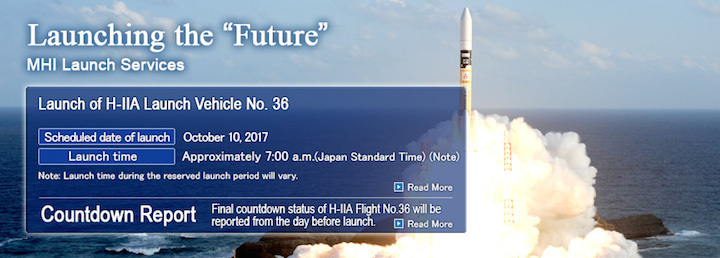
October 8, 2017 (JST)
Mitsubishi Heavy Industries, Ltd.
National Research and Development Agency
Japan Aerospace Exploration Agency (JAXA)
Mitsubishi Heavy Industries, Ltd. and JAXA set the time of launch of H-IIA Launch Vehicle No. 36 (H-IIA F36) which encapsulates MICHIBIKI No. 4, Quasi-Zenith Satellite System. The details are as follows:
- Launch Date:
- October 10, 2017
- Launch Time:
- 7:01:37 a.m. (JST)
- Reserved Launch Period:
- October 11 through November 30, 2017 (*)
- (*) Launch time during the reserved launch period will vary.
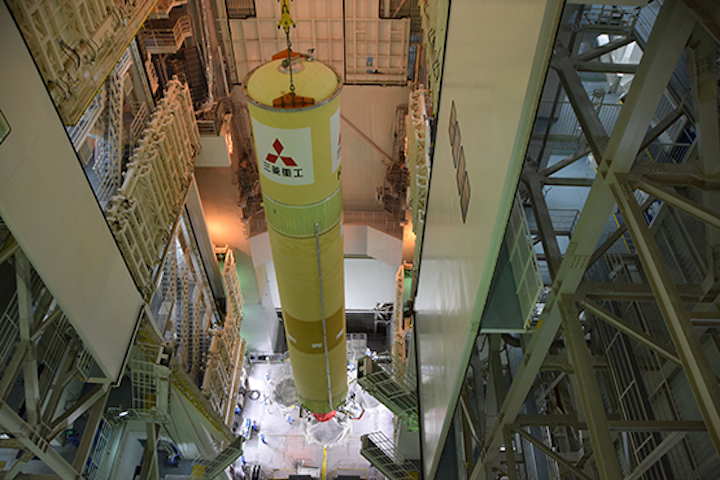

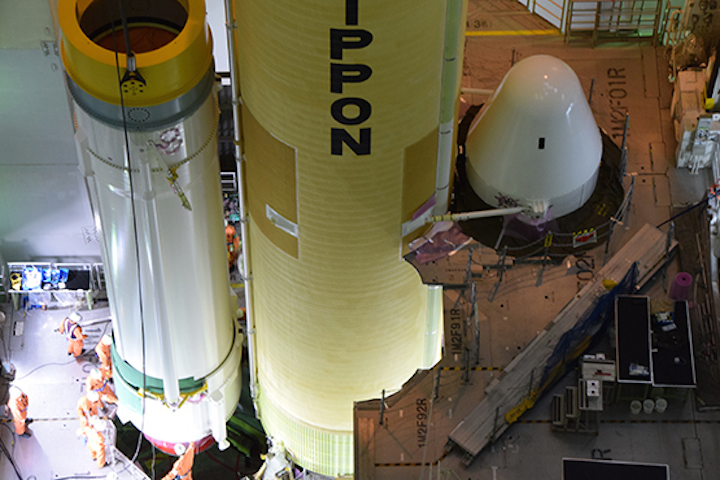
Quelle: JAXA
---
Update: 9.10.2017
.
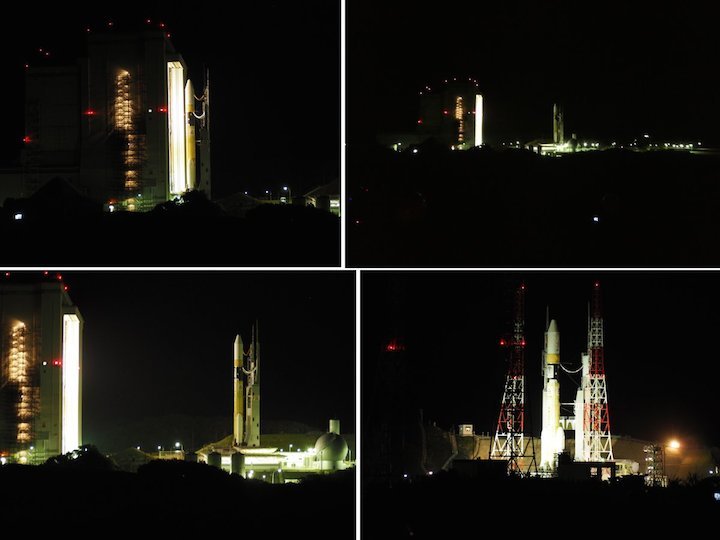
Quelle: JAXA
---
Update: 10.10.2017
.
Success of H-IIA F36 Launch with MICHIBIKI-4 Aboard
The H-IIA Launch Vehicle No. 36 with the MICHIBIKI No. 4 onboard lifted off at 7:01:37 a.m. on October 10, 2017 (Japan Standard Time) from the Tanegashima Space Center.
The launch vehicle flew as planned, and at about 28 minutes and 20 seconds after liftoff, the separation of the "MICHIBIKI No. 4" was confirmed.
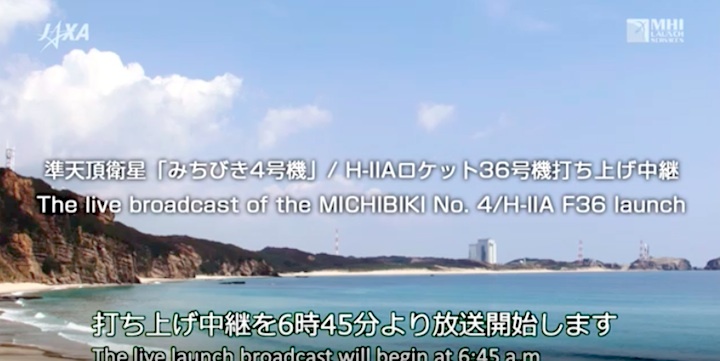
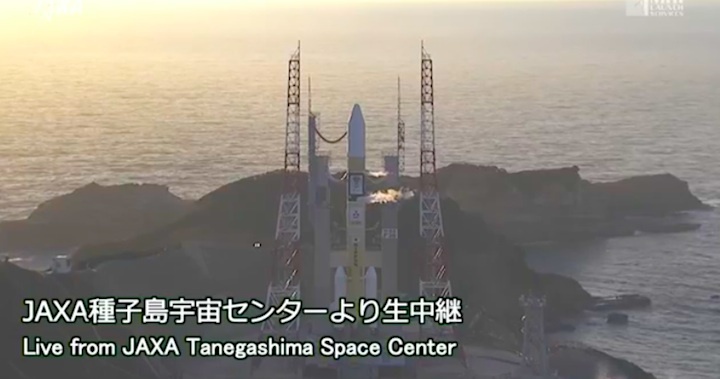
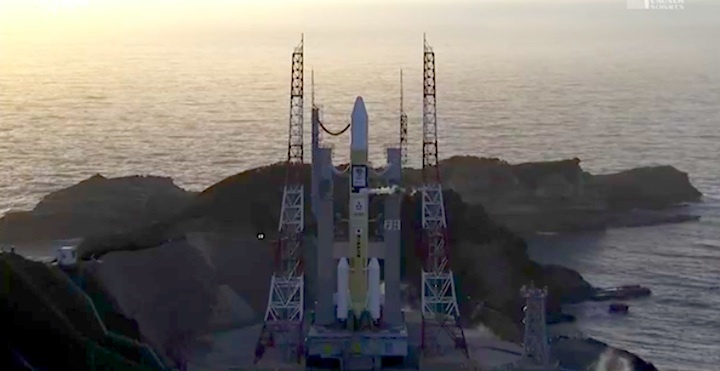
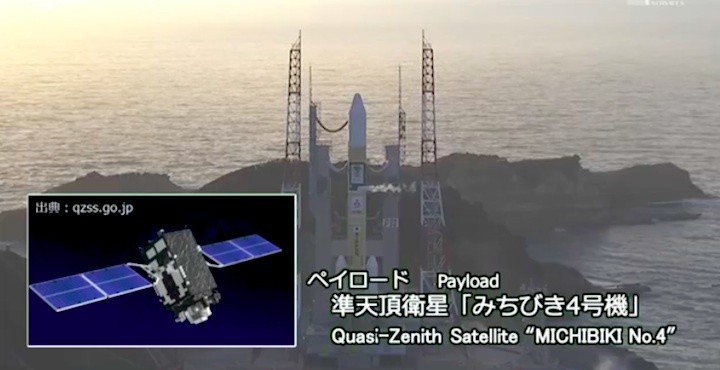
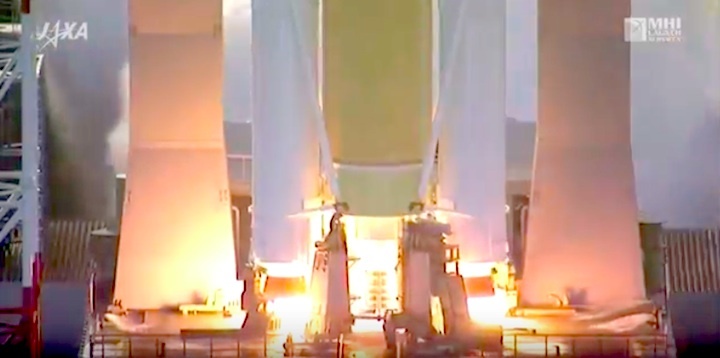
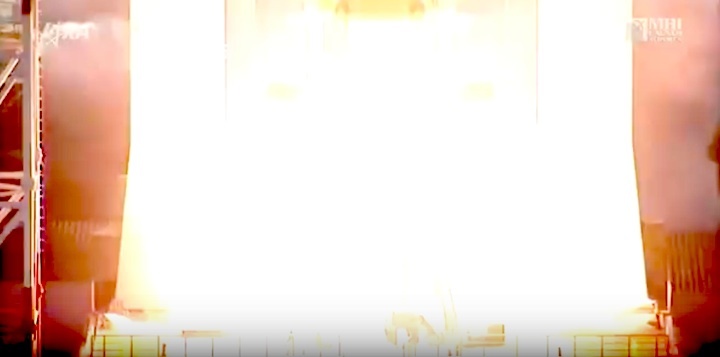
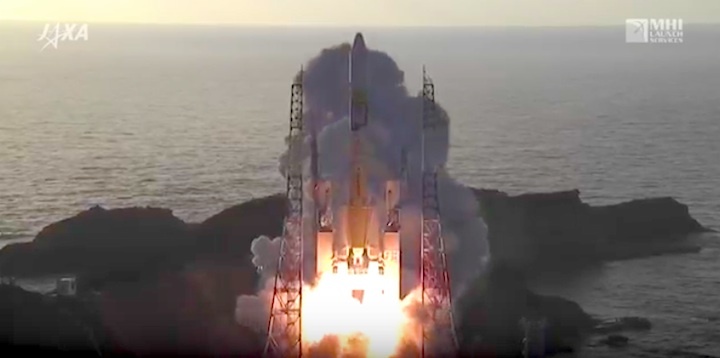
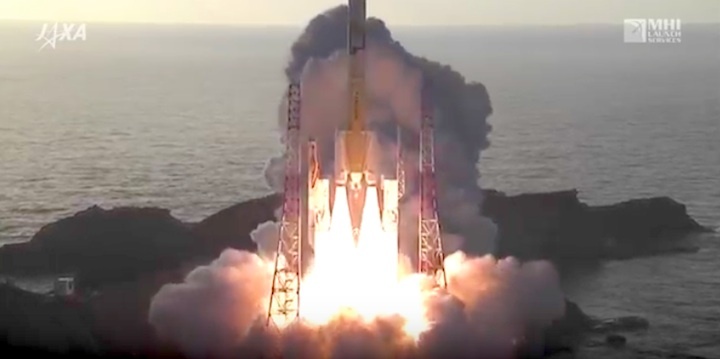
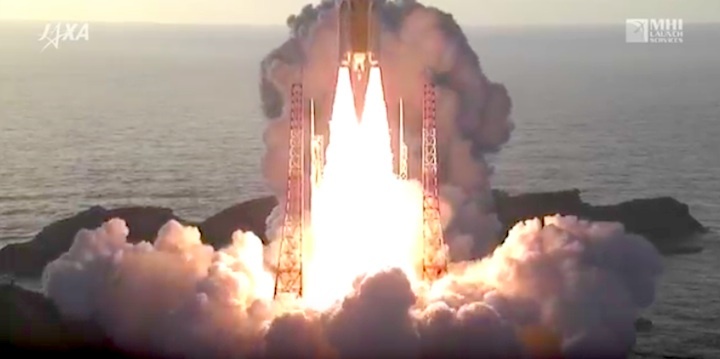
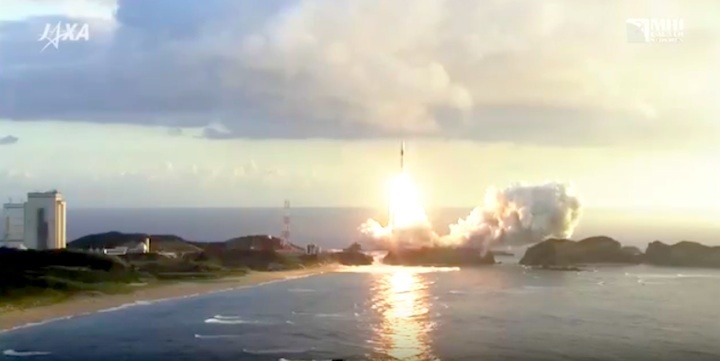
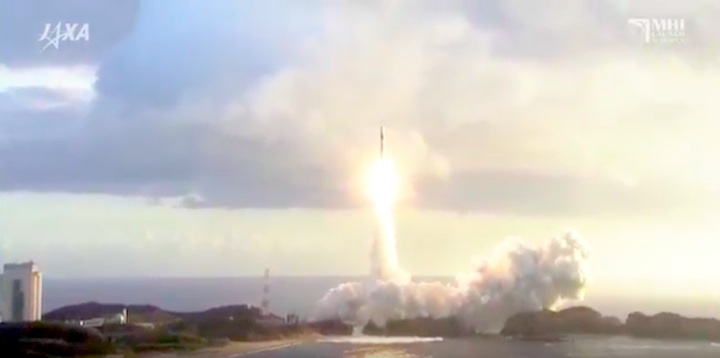
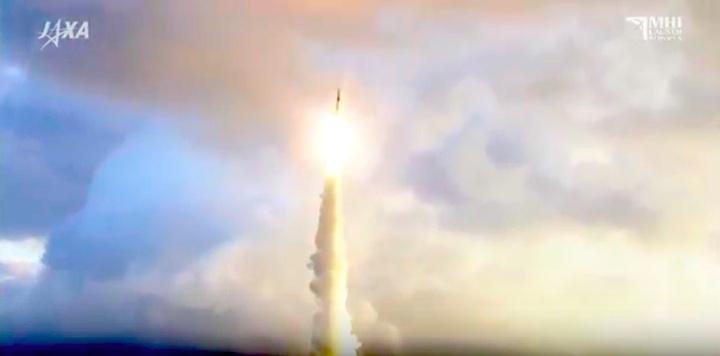
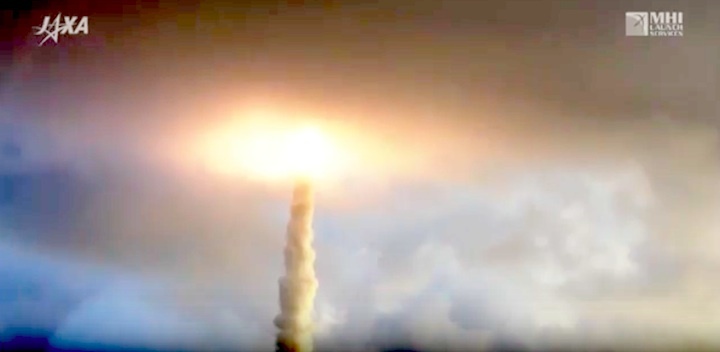
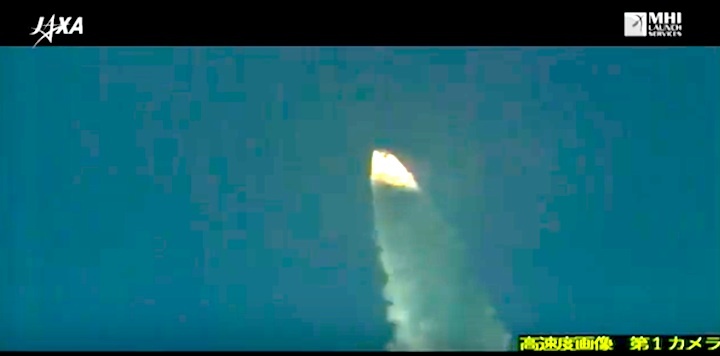
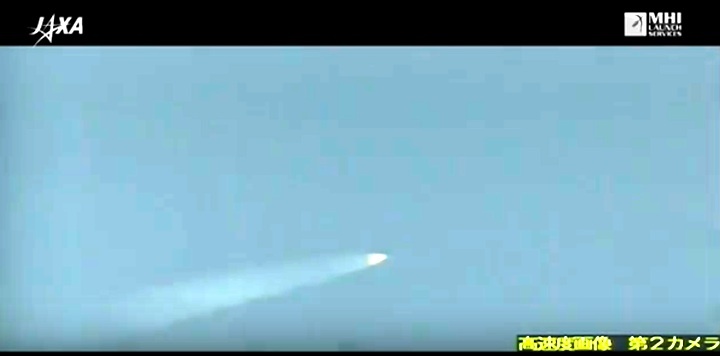
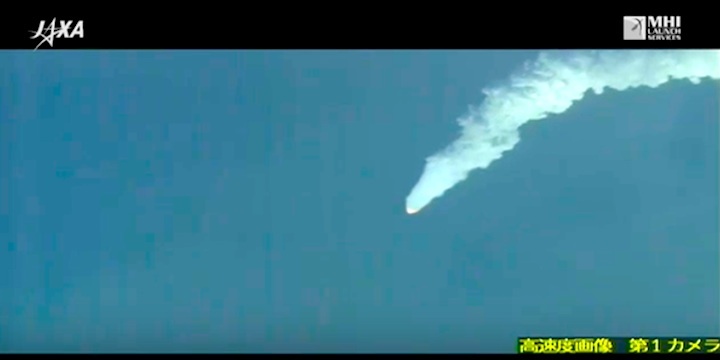
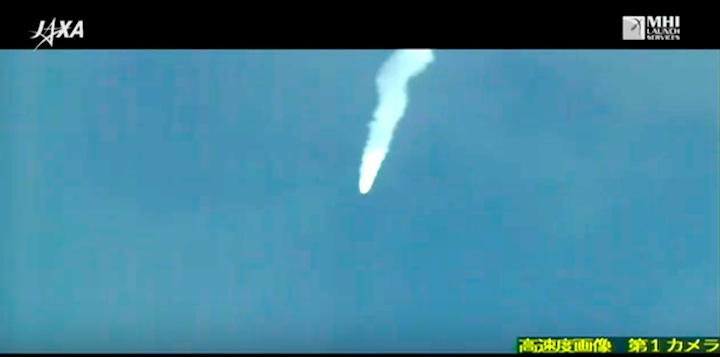

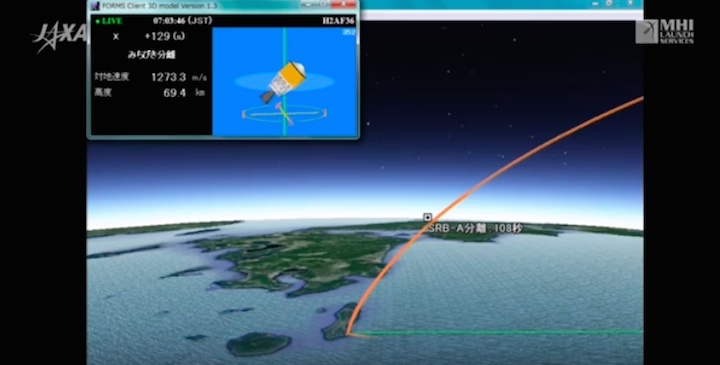
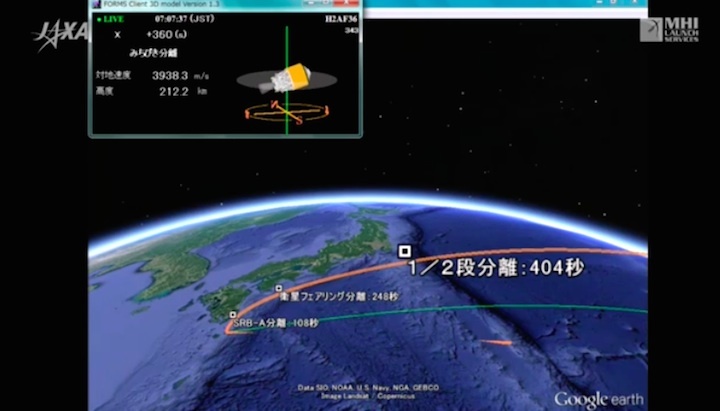
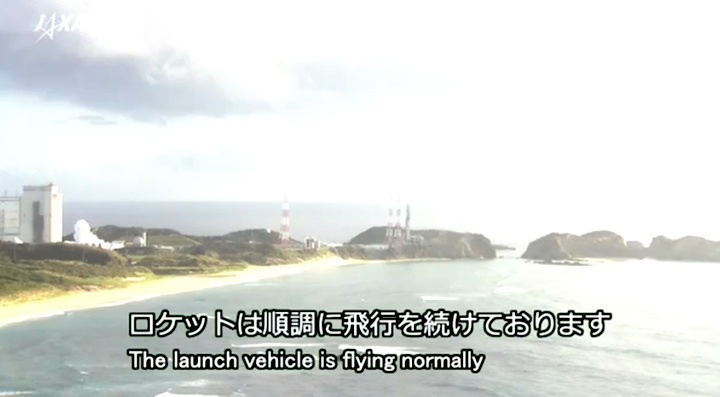
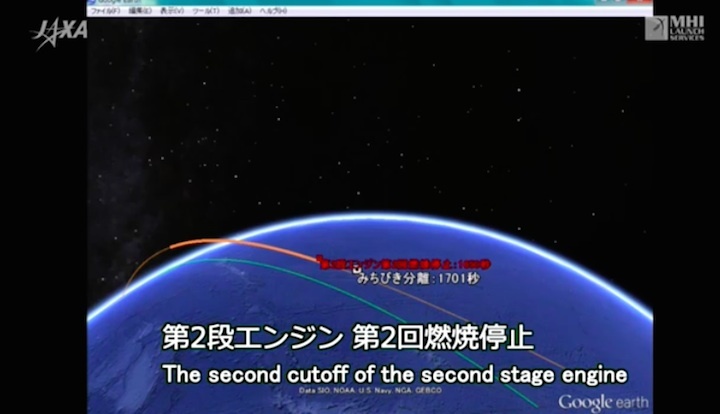
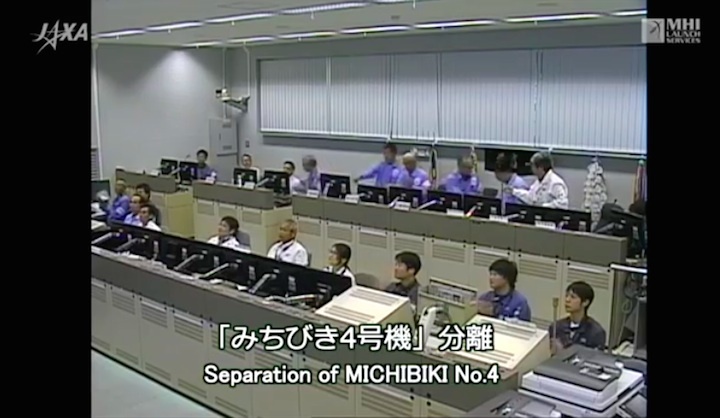
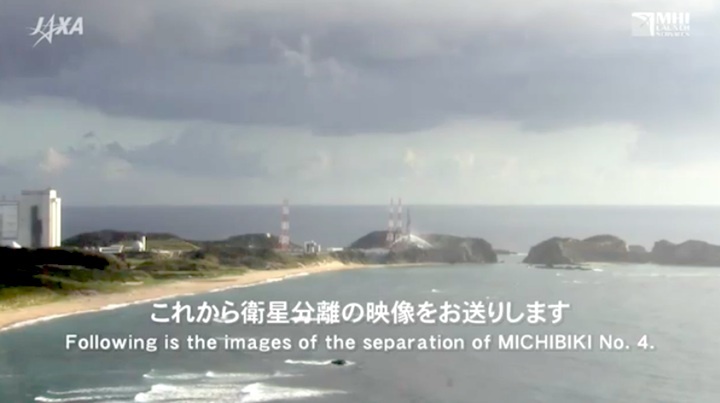
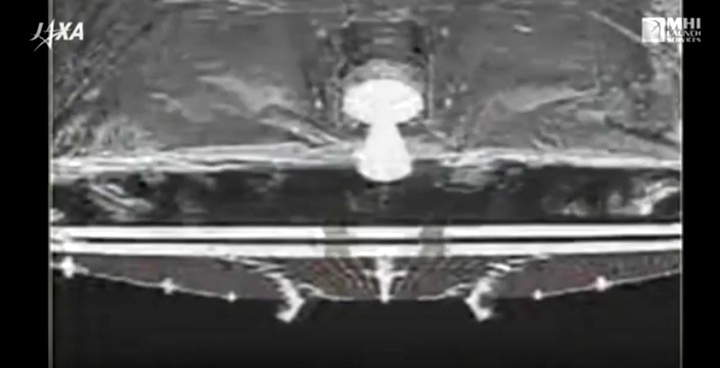
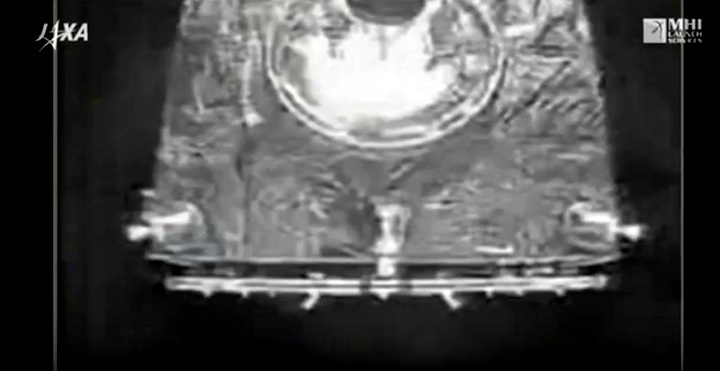




Quelle: JAXA
